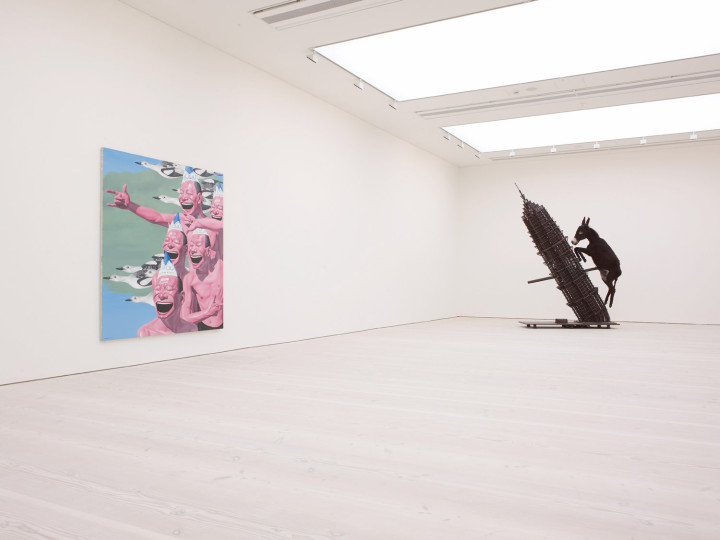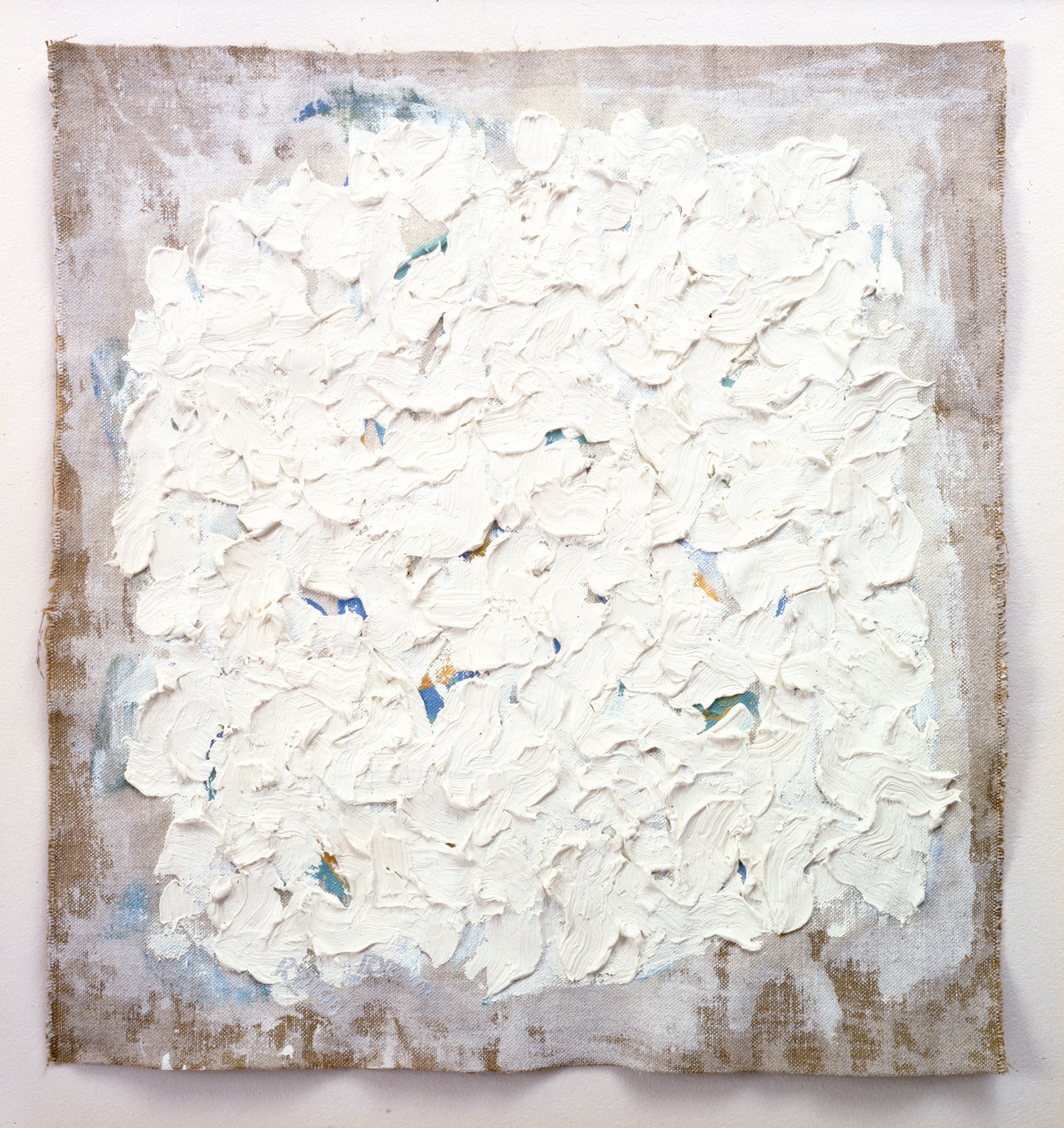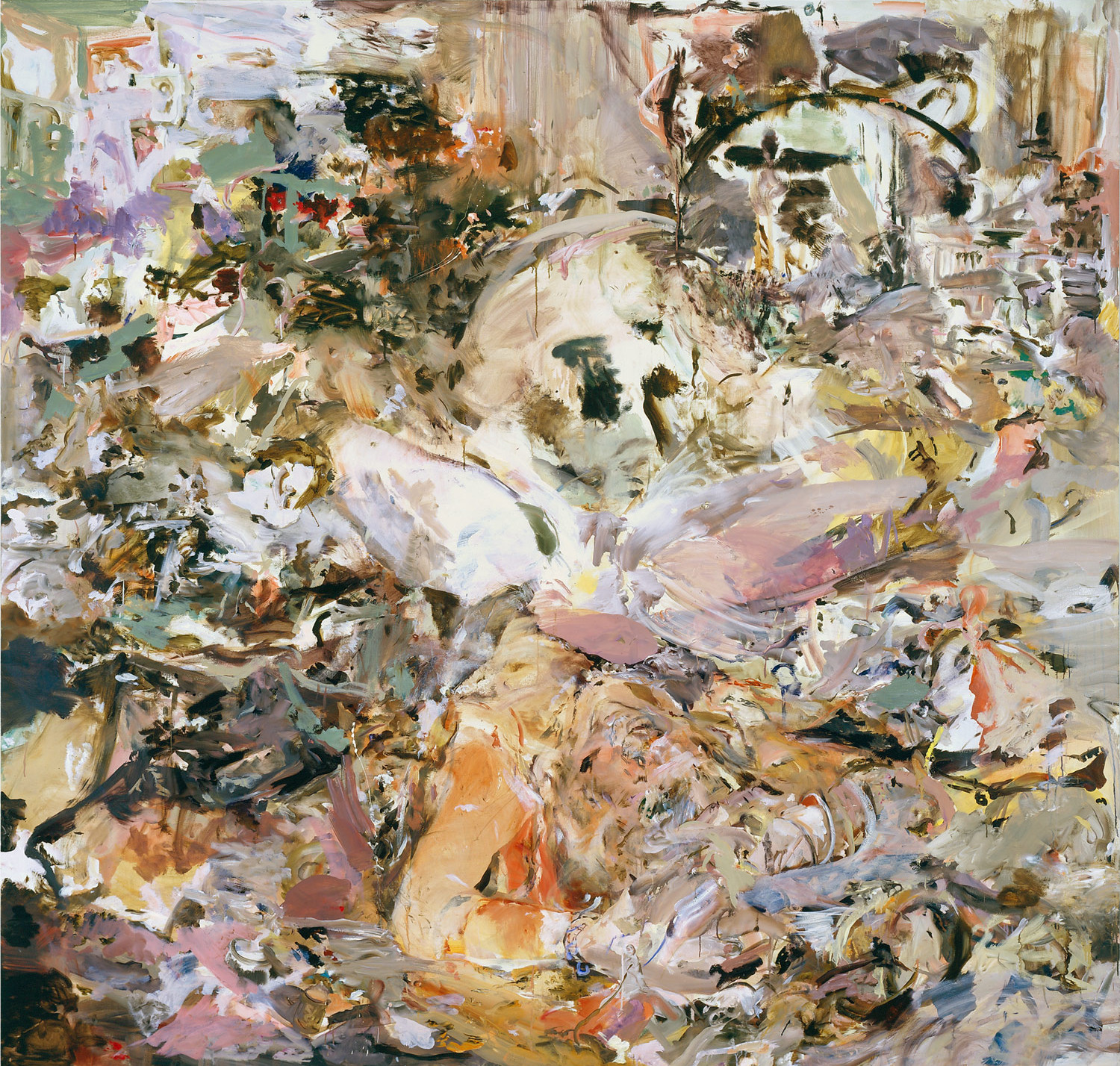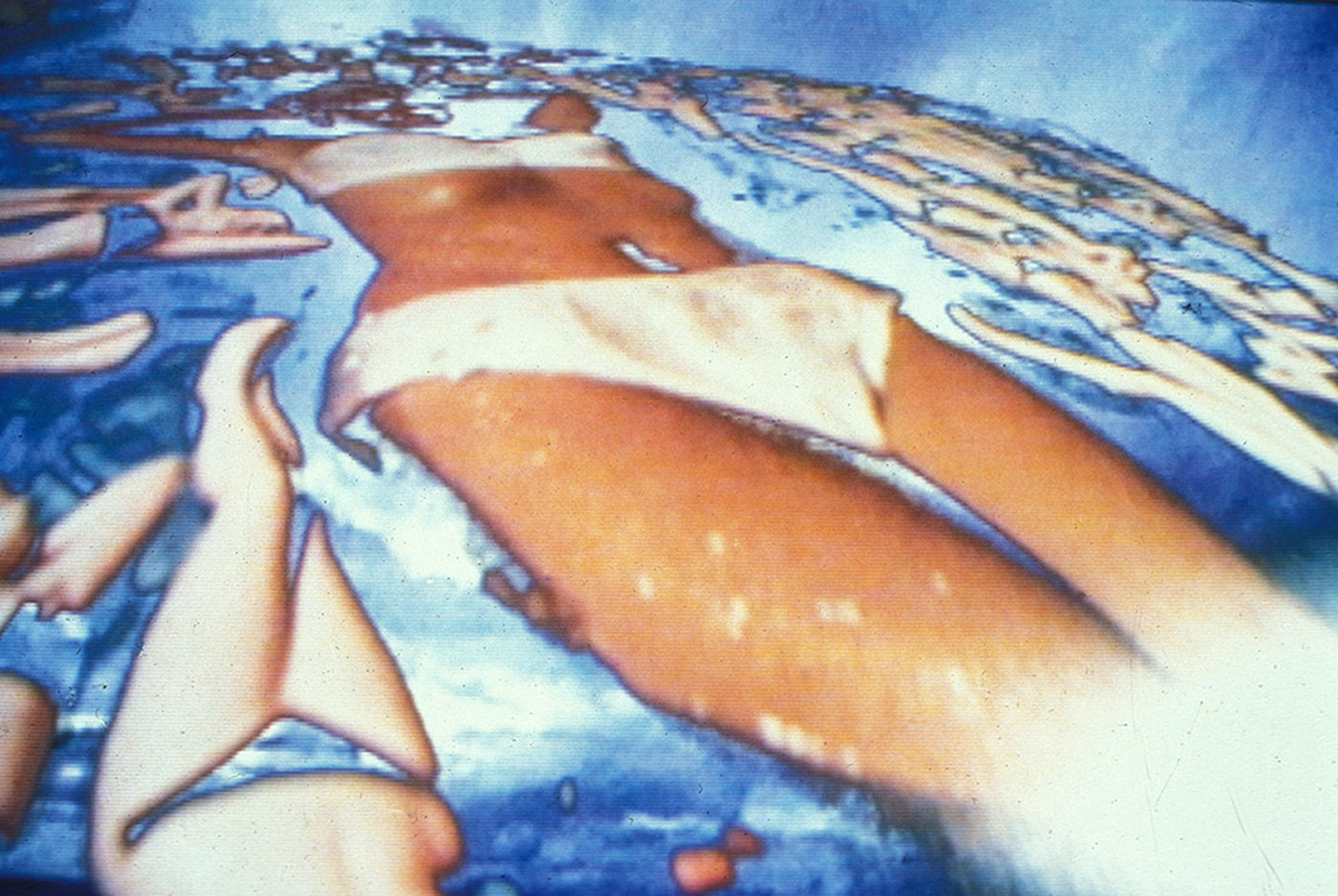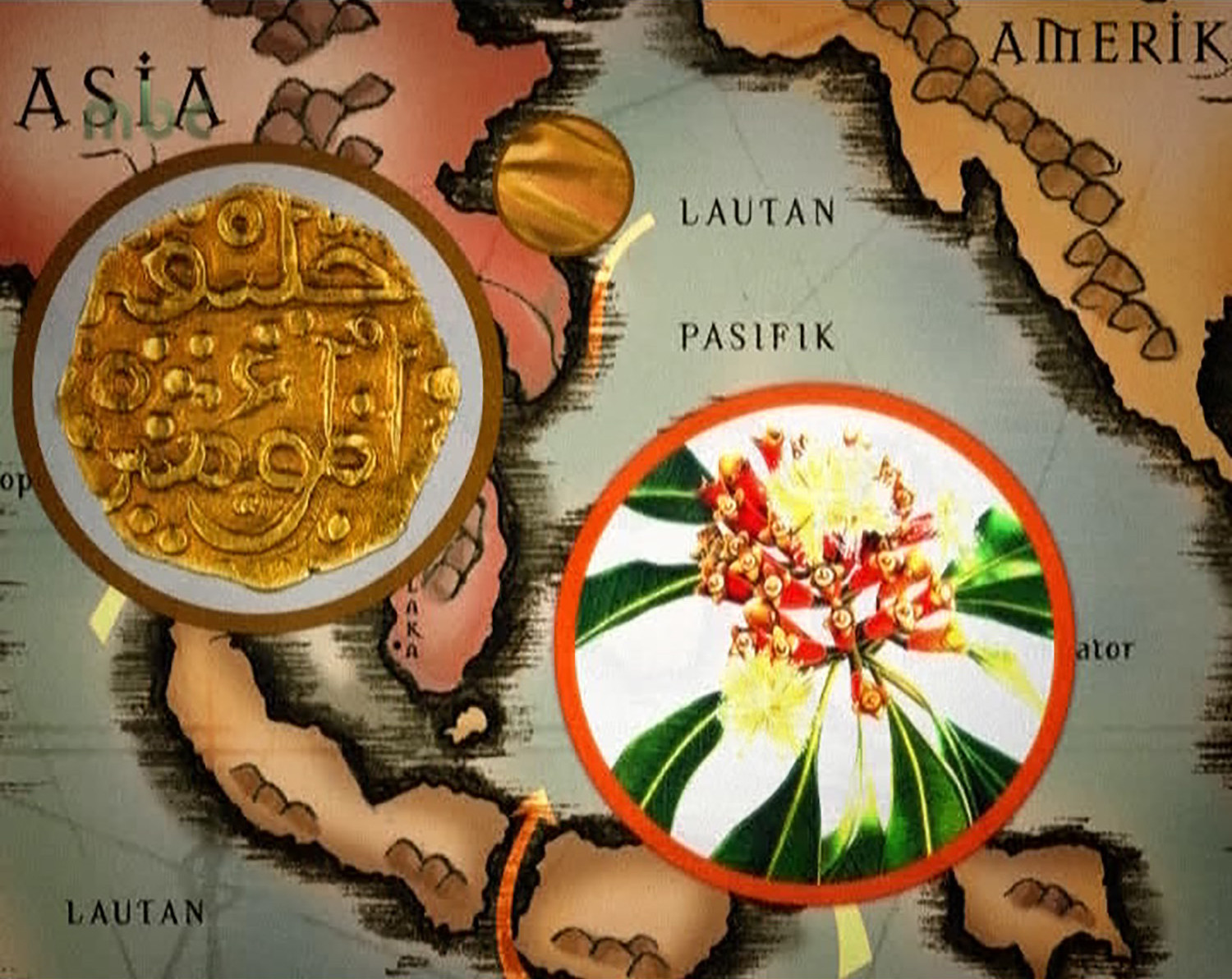
“The Revolution Continues,” as title, countenances the past within the present, and the echo of such an imperfect past (tense) ran through the inaugural exhibition of new art from China at Charles Saatchi’s recently opened gallery off London’s once-famed King’s Road.
The show ultimately presented the paradox of Saatchi’s own making, an exhibition of artworks belonging to an art market first and to artistic practice second. The works from China relate largely to their YBA counterparts from two decades previous.
Taking account of an understandable abandonment of an historic China and its vast heritage of visual resource, this emerging generation of artists struggled to amount to anything more than a hinterland of contemporary familiarity. The vernacular and conceptual devices of the YBA generation had here been reconfigured, remanufactured, repackaged and returned.
Saatchi has moved towards cross-cultural markets of contemporary art manufacture, with works that justifiably function as eclectic and divergent counterpoints. However, the works from his collection exist within a specter of largely re-codified appropriation bound by the aesthetic and conceptual parameters of the YBA generation and more should be done to underscore their current cultural value.
Works presented across thirteen rooms shift within these frames, from the satirical pop of Zhang Huan’s Donkey (2005), a life-size donkey humping Shanghai’s Jin Mao tower, to the disarming awkwardness of Shen Shaomin’s sculptural hybrid bone-made skeletal creatures. Added to this are the conceptually prosaic works of Shi Xinning, paintings of photographs and newspaper cuttings that see Mao repeatedly transcribed into points of recent history.
While the first rooms draw on a systematic progression of artworks that construct points of informed social tension, most readily through the work of Li Songsong and Zhang Huan, later rooms offer a less structured framework.
Not in contrast but in contradiction the emphatic social portraits of Zhang Xiaogang, five paintings set across four walls, are first encountered as a claustrophobic mass, broken only by the stainless steel sculptural work Ornamental Rock no.71 (2006) of Zhan Wang. Two further works hang in an upstairs gallery offset against a set of portrait-based works that relate in immediate pictorial content, which later fracture the commanding authority of this room.
These works are grounded in the familiar consumptive rhetoric of the YBA’s. However, while the rules created in the ’80s and sold in the ’90s may no longer feel like they should stand, the market certainly does. Perhaps the revolution is still to come.

